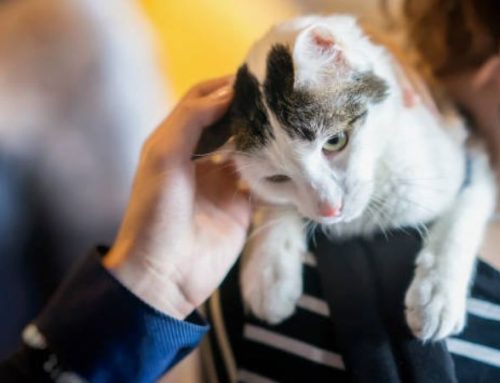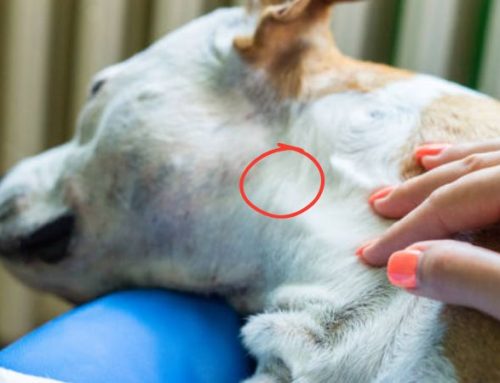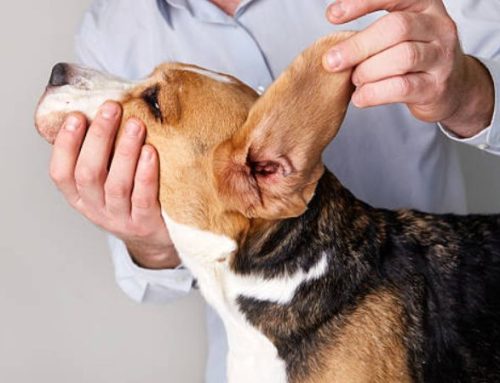The first two months of a kitten’s life are a magical race of growth and discovery. Tiny, fragile, and utterly dependent, these little fluff balls arrive blind, deaf, and completely at the mercy of their mother—or their human caregiver.
Curious when their ears will finally unfold and their eyes will open? Dive into this week-by-week guide from Nexus-Pets to uncover the milestones that shape a kitten’s earliest days.
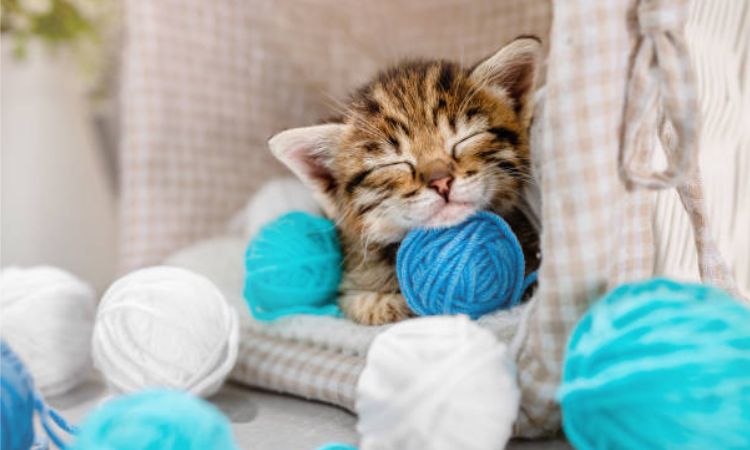
Understanding Newborn Kittens’ Ears
- At Birth: Newborn kittens are born with their ears completely sealed and folded tightly against the sides of their heads. This is normal and expected for kittens in their first days of life.
- Reason for Ear Closure: The ears remain closed at birth to protect the delicate inner ear structures while they continue developing. This ensures that the auditory system matures safely before the kitten begins processing sounds.
- Relation to Other Senses: At this stage, kittens’ eyes are also closed, and their vision is not yet functional. To navigate their environment, they rely primarily on their sense of smell and touch. The combination of closed ears and eyes makes warmth, scent, and maternal care essential for survival in the first week of life. Once the ear canals begin to open around 7–10 days of age, kittens gradually start to hear, coinciding with the development of coordinated movement and awareness of their surroundings.
Week-by-Week Ear Development
Week 1: Birth to 7 Days
At birth, a kitten’s ears are tightly sealed against the head, providing protection to the delicate inner structures. Hearing is not yet functional, so newborns rely entirely on scent, touch, and body warmth to locate their mother and siblings. During this period, they explore the world mostly through tactile and olfactory cues, remaining almost entirely dependent on maternal care for survival.
Week 2: 7 to 14 Days
During the second week, the ear canals begin to slowly open, and the cartilage inside the ears starts to firm up. Early auditory function emerges, though it is still very limited. Kittens may begin to show slight reactions to sounds, such as twitching or turning their heads toward a stimulus, but their hearing is far from fully developed.
Week 3: 14 to 21 Days
By the third week, most kittens’ ears are largely open and starting to stand upright. Their auditory senses continue to improve, allowing them to recognize more distinct noises. Kittens may begin responding to familiar sounds, such as the call of their mother, rustling movements nearby, or other household noises, marking the start of environmental awareness.
Week 4: 21 to 28 Days
At around one month old, a kitten’s ears are fully open and functional. This development contributes to enhanced balance and coordination, linked to the maturation of the inner ear. Kittens demonstrate greater responsiveness to surrounding sounds and may begin to vocalize more frequently, using meows and purrs to communicate with their littermates and caregivers.
Weeks 5–6: 1 to 1.5 Months
Between weeks five and six, hearing approaches near-adult levels. Kittens show stronger orientation toward sound sources, which aids in social interactions, play, and exploration. Improved auditory perception allows them to coordinate movements more effectively and engage with both humans and littermates in a playful and communicative manner.
Signs Your Kitten’s Hearing Is Developing
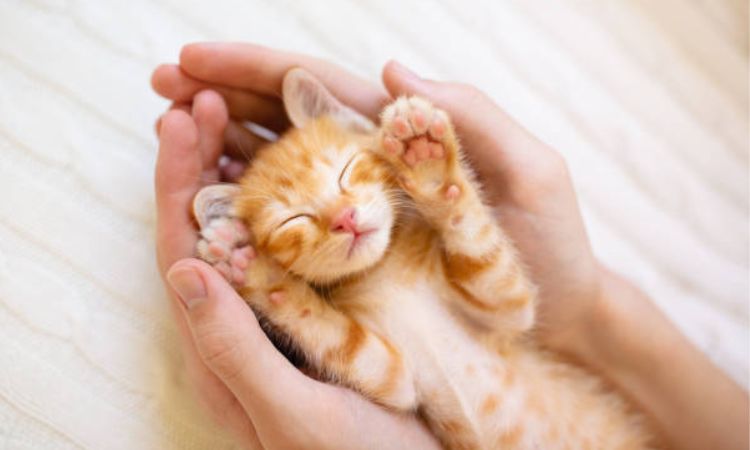
Turning Head Toward Voices or Noises
As kittens’ ears gradually open, typically between 7 and 14 days of age, they begin to respond to auditory stimuli. You may notice your kitten turning its head or orienting its body toward human voices, household noises, or other sounds. This behavior signals that the inner ear is functioning and the kitten is starting to process auditory information.
Startled Reactions to Sudden Sounds
Once hearing is partially functional, kittens may exhibit startled reactions when exposed to unexpected noises such as clapping, dropping objects, or other sudden sounds. These reactions are normal and indicate that the kitten’s auditory system is maturing and their nervous system is learning to interpret sound signals.
Increased Meowing and Interaction
As kittens begin to perceive sounds, their vocalizations often increase. They may meow more frequently in response to voices or environmental noises, and they start actively interacting with their surroundings. This heightened communication is a sign that they are becoming aware of and responsive to the auditory cues around them, which is crucial for socialization and bonding.
The development of a kitten’s hearing is a gradual and fascinating process. From their first days of life, when their ear canals are still sealed, to the moment they can fully hear the world around them, each week brings a new milestone. By following this week-by-week guide, you can better understand and appreciate these critical early stages of your kitten’s life.




